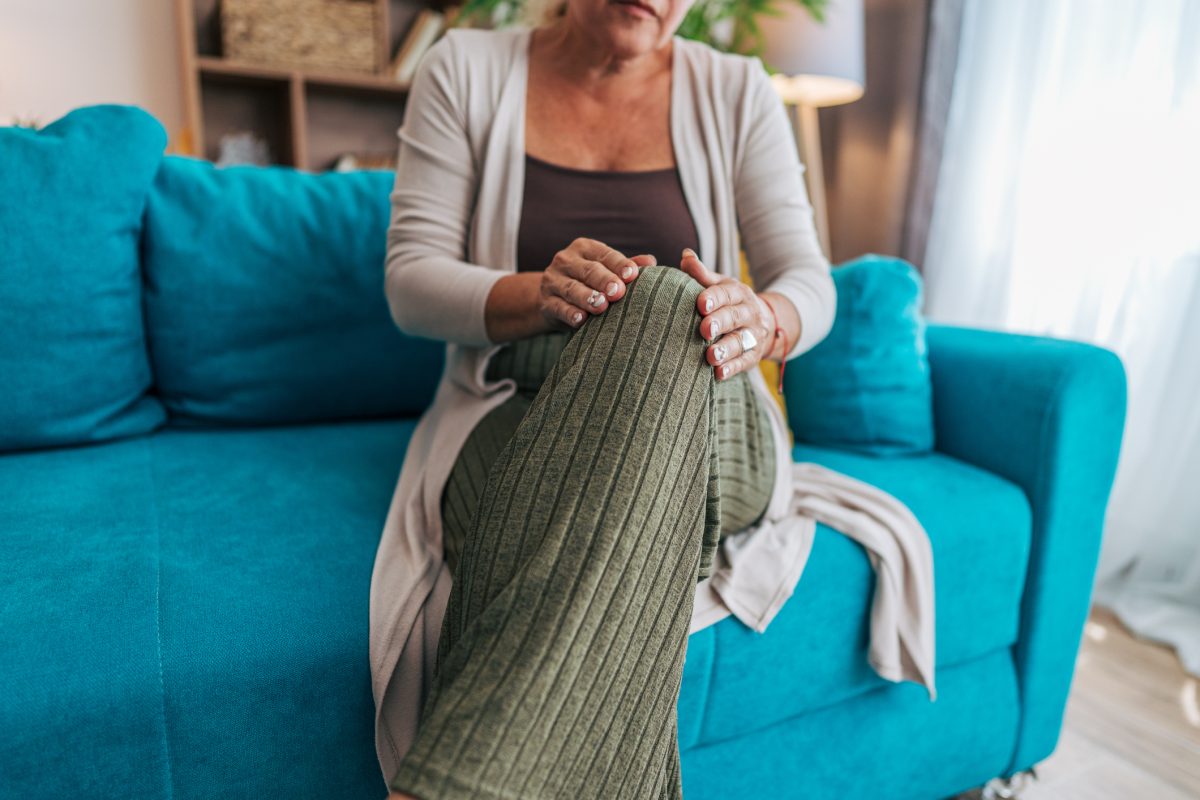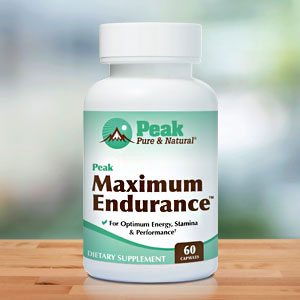I have a friend who has osteoarthritis in his knee.
It used to be that whenever he had painful flare-ups, he would take an anti-inflammatory drug like ibuprofen and rest.
But not only does relying on NSAID pain relief carry risks, his doctor told him that exercise was the best way to relieve his pain.
If you’re in the same situation, you may be wondering which type of exercise would be most effective.
My friend’s doctor wasn’t exactly sure, but recommended he start with walking.
Turns out that was great advice…
Aerobic exercise takes the prize
In osteoarthritis, the protective cartilage on the ends of bones wears away, causing pain, swelling and impaired movement. Any joint can be affected, but osteoarthritis is most common in the knees.
In fact, nearly 30% of people over the age of 45 show signs of knee osteoarthritis on X-rays, and half of these people have severe symptoms.
And, yes, exercise is one of the main treatments for osteoarthritis. However, current guidelines don’t suggest any one specific type of exercise.
Considering all we know about the benefits of exercise for other parts of the body, that seems like a big fail.
So a team of international researchers decided to assess the safety and effectiveness of various types of exercise for managing knee osteoarthritis symptoms — and provide some much-needed answers.
They started with a review of results from 217 randomized trials involving 15,684 participants, comparing common exercise therapies with a control group. The exercise types studied included aerobic, flexibility, strengthening, mind-body, neuromotor and mixed exercise.
Their primary measures of interest were pain, function, gait performance, and quality of life, assessed at short-term (4 weeks), mid-term (12 weeks), and long-term (24 weeks) follow-up.
The trials varied in quality, but researchers used the GRADE system to assess the certainty of evidence. And the overall findings were clear…
Among the exercise therapies studied, aerobic exercise consistently demonstrated the highest probability of being the most effective treatment across all outcomes. Aerobic exercise included things like walking, cycling and swimming — all of which are easiest on the knees.
Not only did aerobic exercises help relieve short-term and mid-term pain, but they also improved short-term, mid-term, and long-term function, as well as short-term and mid-term gait performance — and quality of life.
What to do when you can’t exercise
Given these findings, the researchers suggest aerobic exercise “as a first-line intervention for knee osteoarthritis management, particularly when the aim is to improve functional capacity and reduce pain.”
They also note that if aerobic exercise is not possible because of individual limitations, “alternative forms of structured physical activity may still be beneficial.”
However, the researchers caution that while other exercises may offer complementary benefits to patients, they should not replace aerobic exercise as the primary strategy.
They also acknowledge some limitations to the study, with most results coming from indirect comparisons and some outcomes lacking long-term data.
Still, the researchers say, the study presents a comprehensive and up-to-date analysis of the effects of exercise as a treatment strategy for knee osteoarthritis and could assist clinicians in prescribing therapy for patients.
If you have knee osteoarthritis and experience pain and other symptoms, you’ll want to get started with aerobic exercise right away — but ease into it and let your doctor know.
Work up to walking around your neighborhood several times a week. From there, you could add cycling or swimming if you have the equipment and facilities.
But what if you have mobility issues that keep you from engaging in aerobic exercise?
Here are a few strengthening exercises you can do at home that don’t require a lot of movement.
You can also try natural anti-inflammatory pain relievers such as garlic and vitamin D, or mix up this six-ingredient drink that can help squash your knee pain.
Sources:
Walking, cycling and swimming likely best exercise for knee osteoarthritis — EurekAlert!
Comparative efficacy and safety of exercise modalities in knee osteoarthritis: systematic review and network meta-analysis — The BMJ
Read full article here





